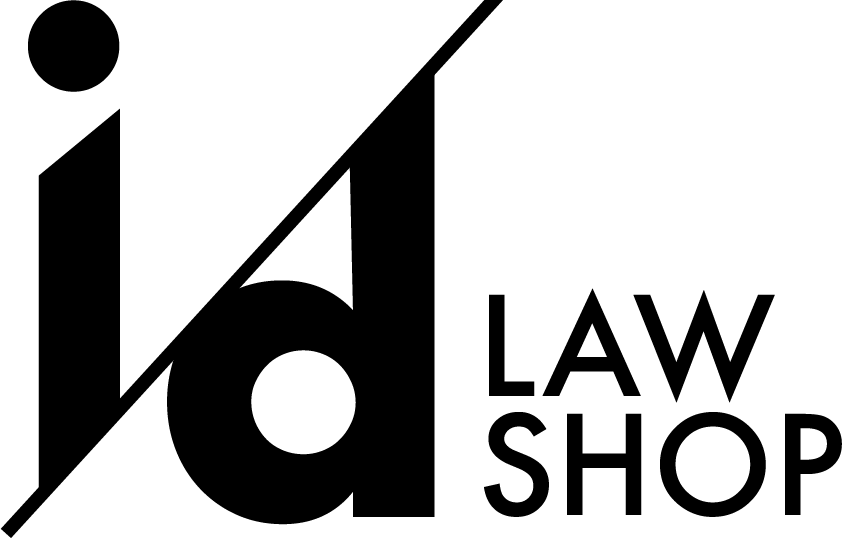Interior Design Insurance: What You Need to Safeguard Your Interior Design Business
Interior designers use several types of insurance policies to protect themselves and their businesses from potential risks and liabilities.
In this article, we summarize the 9 most commonly used insurance policies, the types of situations they cover and their average costs.
Don’t worry, you don’t need to carry every single type. This breakdown will help you decide what policies make the most sense for your particular circumstances.
What Is Liability Insurance?
Liability insurance is insurance coverage designed to protect individuals and businesses from legal claims and financial losses arising from their actions, inactions, products or services that result in harm to third parties, such as clients, consumers, employees and others.
It provides financial support to cover legal expenses, settlements, judgments, and other costs associated with defending against lawsuits or claims.
There are several types of insurances coverages that fall under the umbrella of liability coverage, each designed to address specific areas of potential liability.
Are Interior Designers Legally Required to Carry Liability Insurance?
Liability insurance is not universally mandated for interior designers. However, the requirement for designers to carry liability insurance may be dictated by certain circumstances, such as the type of projects they are hired to do, their client’s requirements, or local legal regulations that may apply.
Nevertheless, as with many other businesses that involve the provision of professional services, it is highly recommended that interior designers carry some level of liability coverage to manage and mitigate the risks associated with their particular business.
What are the Types of Insurance Policies that Designers Carry?
The types of insurance that an interior designer may wish to carry can vary based on several factors, including the size of the business, the scope of services offered, the number of employees, and the location in which they operate. While some types of insurance are more essential and commonly recommended, others will depend on just how much risk mitigation the designer desires or deems important.
Here are the 9 most common types of insurance coverages interior designers consider:
1. Professional Liability Insurance (Errors and Omissions Insurance)
covers the costs associated with claims of professional negligence, personal injury (including libel and slander), and errors/omissions in the design process
can protect interior designers if a client sues them for design-related mistakes or unsatisfactory work, and is considered for professionals who regularly provide professional services that involve consultation or advice to clients
median cost of $650/year for policy limits of $750k/occurrence with a $1,000 deductible
2. Commercial General Liability Insurance (CGL)
provides coverage for third-party bodily injury, property damage, and related legal expenses.
can protect interior designers from lawsuits arising from accidents or injuries that occur at their business premises or while working at a client's location
generally considered the bare minimum a designer should carry if they provide traditional interior design services
median cost of $500/year for policy limits of $1M/occurrence with a $500 deductible
3. Commercial Property Insurance
covers the interior designer's office, studio, or workshop, including equipment, furniture, and other physical assets
protects against losses due to theft, fire, vandalism, or other covered perils
average monthly cost of $52 to $63
4. Business Owners Policy
some providers offer a Business Owners Policy to businesses, which combines general liability, business property, and business interruption coverages at a lower rate
median cost of $500/year with policy limits of $1M/occurrence with a $500 deductible
5. Business Interruption Insurance
provides coverage for lost income and operating expenses in the event that the interior designer's business is temporarily unable to operate due to covered perils, such as fire or natural disasters
can pay for loss of income, employee salaries, rent payments, mortgage payments, and taxes that accrue during the time it takes to repair or replace damaged property
generally purchased as part of a Business Owners Policy.
6. Cyber Liability Insurance
as interior designers often store sensitive client information electronically, cyber liability insurance can protect against data breaches, cyberattacks, and the costs associated with notifying clients and mitigating the impact of a cyber incident
average cost of $92/month
7. Workers' Compensation Insurance
if an interior designer has employees or hires subcontractors, workers' compensation insurance is typically required by law
covers medical expenses and lost wages for employees who are injured or become ill while on the job
average cost of $70/month
8. Commercial Auto Insurance
if the interior designer or their employees use vehicles for business purposes, commercial auto insurance is essential to protect against accidents and liabilities while driving for work
average cost of $139 to $184/month (depending on whether installations services are provided)
9. Umbrella Insurance
provides additional liability coverage that goes beyond the limits of other primary insurance policies
can be beneficial for interior designers facing large or complex claims
average cost of $200/year for $1 million of coverage
What about “Interior Designer Business Insurance?”
As an alternative to purchasing individual policies, some insurance providers offer combo-packages that cater to specific industries, including interior design. These so-called “interior design business insurance” packages expand on the idea of a “Business Owners Policy” and add additional coverages, such as professional liability/malpractice and cyber policies to create a flexible package designed to meet varying needs of interior designers.
Because these packages often discount the price of the individual policies, they are often the go-to solution for interior design businesses looking to maximize their risk mitigation efforts.
Final Thoughts
The type and amount of insurance an interior designer should have will depend on the specific needs of their business and a number of different factors, including whether they:
have employees
provide installation services
provide e-design services
use a vehicle for work
work from home vs office
For most interior designers, an insurance policy that combines different key policies is likely the best way to obtain the most comprehensive coverage, while taking advantage of significant discounts.
The great news is that there’s a plethora of insurance providers and insurance brokers ready to cater to the specific business needs of interior designers and interior design firms. If you’re a designer looking for good insurance coverage, make sure to shop around and compare rates before you settle with any particular provider.
This article is provided for general informational purposes and should not be construed as legal advice nor as a solicitation of, or advertisement for, legal services. Legal advice is specific to each situation and if you have a legal issue, you should consult a qualified attorney licensed to practice in your state. No actual or implied attorney-client relationship is created by virtue of this article or by your purchase of any templates from the ID Law Shop.
#interiordesignlaw




